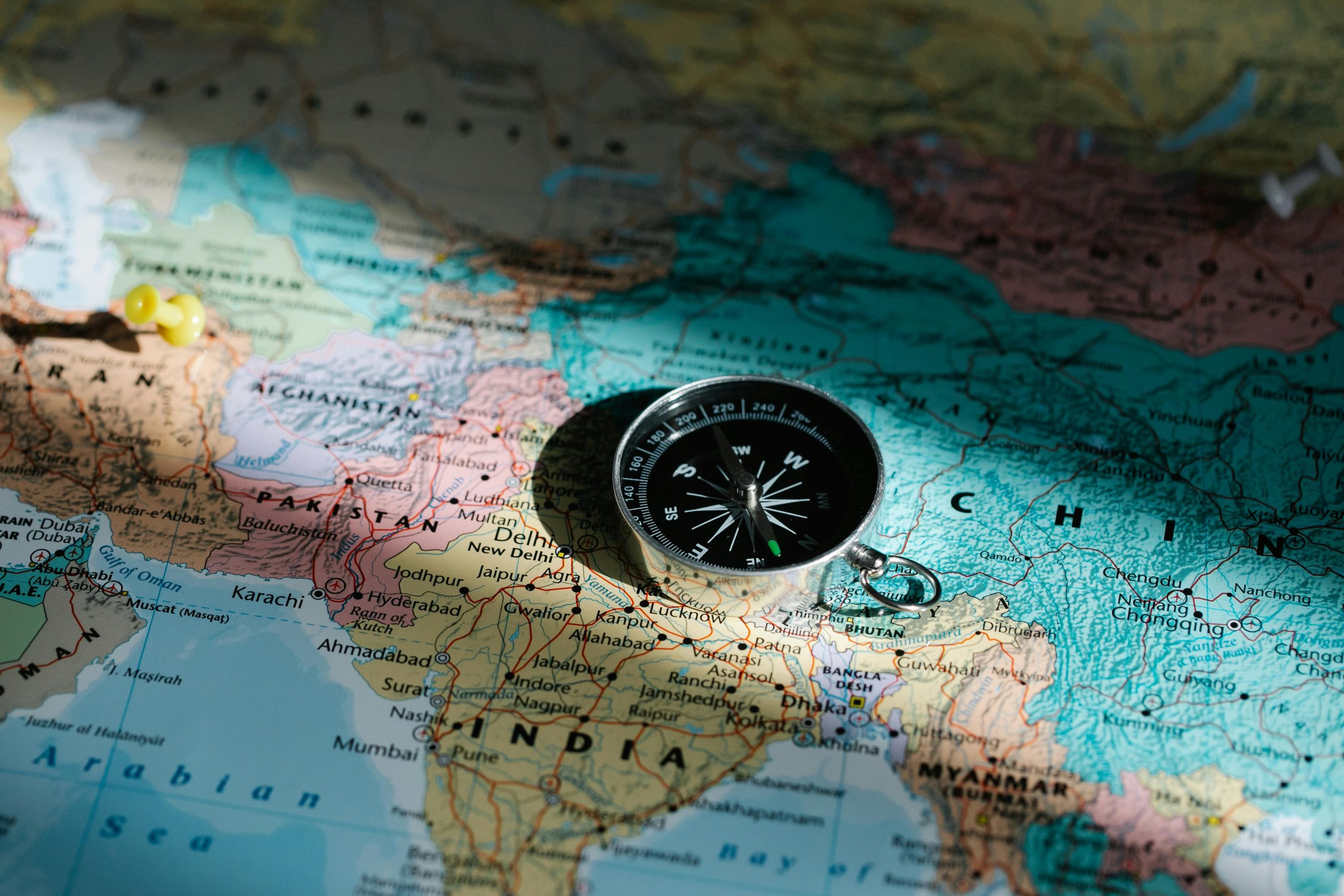Traveling to a new country is an exciting adventure, but it also comes with the responsibility of respecting local customs and traditions. What might be considered polite in your home country could be offensive elsewhere. To help you navigate cultural differences gracefully, here’s an essential guide to travel etiquette, covering the do’s and don’ts in various destinations around the world.
Asia: Respect and Tradition Matter
Asia is a continent rich in culture, where respect and tradition play a central role in daily interactions. Here’s what you need to know:
Japan
- Do: Bow when greeting someone. The depth of the bow depends on the formality of the situation.
- Don’t: Tip at restaurants or for services—it’s considered rude.
- Do: Remove your shoes before entering someone’s home or a traditional establishment.
Thailand
- Do: Show respect for the monarchy—avoid any negative comments about the royal family.
- Don’t: Touch someone’s head, as it’s considered sacred.
- Do: Use the traditional Thai greeting, the “wai,” by pressing your palms together and bowing slightly.
Europe: Mind Your Manners
Europe is diverse, and etiquette varies from country to country. Here are some key points to remember:
France
- Do: Greet shopkeepers with a polite “Bonjour” when entering a store.
- Don’t: Rush through meals—dining is a leisurely experience.
- Do: Keep your hands on the table (not in your lap) while eating.
Italy
- Do: Dress modestly when visiting churches or religious sites.
- Don’t: Order a cappuccino after 11 AM—Italians consider it a morning drink.
- Do: Use “buongiorno” (good morning) or “buonasera” (good evening) as appropriate.
Middle East: Cultural Sensitivity Is Key
The Middle East has deeply rooted traditions, especially concerning religion and hospitality. Here’s how to show respect:
United Arab Emirates
- Do: Dress modestly, especially in public places.
- Don’t: Eat, drink, or smoke in public during Ramadan fasting hours.
- Do: Accept offers of coffee or tea—it’s a sign of hospitality.
Saudi Arabia
- Do: Greet members of the same gender with a handshake.
- Don’t: Show public displays of affection.
- Do: Use your right hand for eating and greeting—the left is considered unclean.
North America: Casual but Considerate
While North America is generally more relaxed, there are still unspoken rules to follow:
United States
- Do: Tip service workers (15-20% is standard).
- Don’t: Ignore personal space—Americans value it highly.
- Do: Smile and engage in small talk—it’s part of the culture.
Canada
- Do: Say “sorry” frequently—it’s a cultural habit, even for minor inconveniences.
- Don’t: Assume everyone speaks French—outside Quebec, English is dominant.
- Do: Respect the environment—Canadians take recycling and conservation seriously.
Latin America: Warmth and Formality
Latin American cultures are known for their warmth, but there are still formalities to observe:
Mexico
- Do: Greet people with a handshake or a light kiss on the cheek (among friends).
- Don’t: Be punctual for social events—arriving a little late is normal.
- Do: Try the local food and compliment the host—it’s appreciated.
Brazil
- Do: Be expressive—Brazilians are known for their animated conversations.
- Don’t: Use the “OK” hand gesture—it’s considered offensive.
- Do: Dress well when going out—appearance matters in social settings.
Understanding and respecting local customs is one of the best ways to ensure a smooth and enjoyable trip. By following these do’s and don’ts, you’ll not only avoid cultural faux pas but also leave a positive impression on the people you meet. Whether you’re bowing in Japan, sipping tea in the UAE, or engaging in small talk in the U.S., a little cultural awareness goes a long way in making your travels memorable for all the right reasons.
